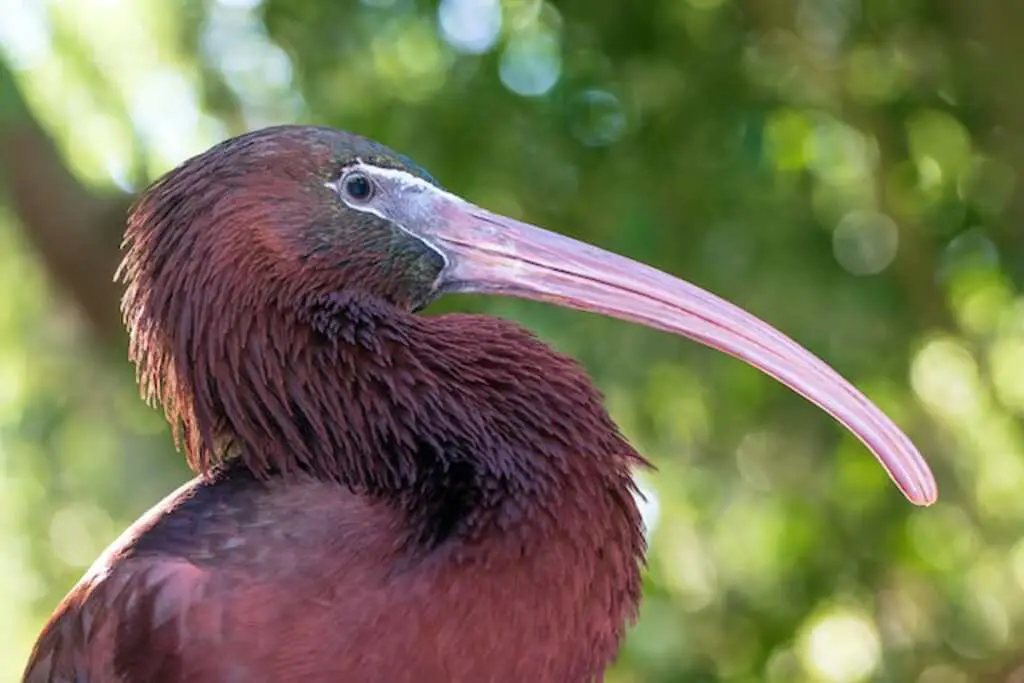Do Bird Beaks Grow Back? Discover the fascinating world of avian anatomy as we explore the regenerative abilities of bird beaks.
From remarkable adaptations to surprising anecdotes, we unveil the truth behind beak regrowth. Short answer: Yes, but there’s much more to learn. Join us on this captivating journey!
Table of Contents [show]
The Importance of Bird Beaks
Birds’ beaks have evolved into a variety of shapes and sizes over millions of years, each suited to the specific needs of a particular species.
These unique structures are much more than just a bird’s ‘nose and mouth’; they are critical tools for survival in the wild.
The most obvious function is feeding – different beak shapes allow birds to consume a wide variety of food types, from flowers and fruit to insects and small mammals.
But bird beaks also play crucial roles in communication, defense, grooming, nest-building, and even regulating body temperature.
The diversity of bird beaks is truly remarkable – some are long and thin (like those of hummingbirds) for probing into flowers for nectar; others are short and stout (like those of parrots) for cracking open nuts; while still others have curved tips (like those of eagles) for tearing flesh.
And yet all these diverse structures share the same basic anatomy: an upper jawbone fused to the skull with no teeth, and a lower jawbone that can move up or down but not side-to-side, covered in keratin (the same protein that makes up human hair).
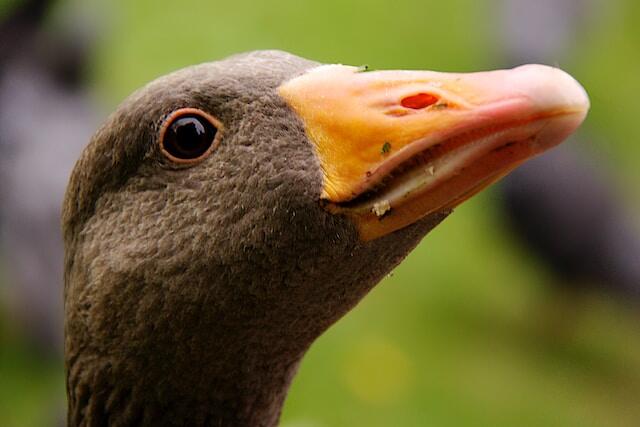
Overview: Do Bird Beaks Grow Back?
Bird beaks are not indestructible – they can break or fall off due to injury, disease, malnutrition or other factors. The consequences for birds with broken or missing beaks can range from difficulty feeding to death.
So naturally, many people wonder if bird beaks are capable of regenerating themselves like some other animal tissues such as skin or bone.
The answer is not straightforward – it depends on the type and severity of damage done to the beak, as well as other factors such as age and health status.
While some birds may regrow part or all of their beaks, others may not.
In this article, we will explore the anatomy and function of bird beaks in greater depth, examine the reasons why they break or fall off, and delve into the fascinating world of beak regeneration – looking at which birds can do it and how they manage to survive without a functional beak.
Brief Explanation of What Will Be Covered in the Article
Firstly, we will take a closer look at the anatomy of bird beaks, exploring in detail the different types of bird beaks and their functions. This section will provide insights into how bird beaks are structured and how they grow over time.
Next, we will discuss why bird beaks break or fall off, identifying common causes such as injury, disease and malnutrition. We’ll also touch on some real-life examples from different species to provide context.
The third section explores whether birds’ broken or missing beaks can grow back.
We’ll dive deep into this topic by explaining regenerative ability in birds’ bodies and discussing various factors that influence regrowth potential among species.
We will examine how birds adapt to survive without a functional beak when they are unable to grow it back themselves.
This section includes examples from different species, as well as our own role in helping injured birds survive without one of their most essential tools for survival – their precious little beak!
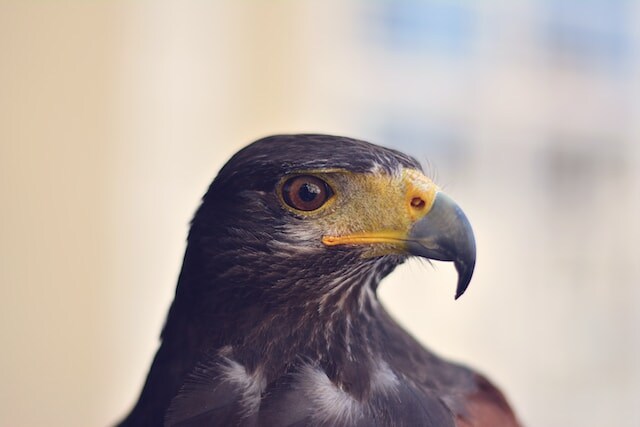
The Anatomy of Bird Beaks
Birds are known for their beaks, which they use for various activities such as eating, grooming, nest-building, and defense.
These beaks come in different shapes and sizes that are adapted to the bird’s specific lifestyle.
For example, the sharp beak of a raptor enables it to tear into flesh while the long narrow beak of a hummingbird is used to feed on nectar.
Description of Different Types of Bird Beaks and Their Functions
There are several types of bird beaks:
1. Conical Beak: This type is cone-shaped with a slightly curved tip that tapers at the end. It’s mostly found in birds that eat seeds and insects, such as finches, sparrows and grosbeaks.
2. Hooked Beak: This beak is curved downwards with sharp tips used for ripping flesh apart; it’s mostly found in birds of prey like eagles, hawks and falcons.
3. Chisel Beak: This type has a pointed tip which is ideal for chipping or drilling into trees; it’s often seen in woodpeckers.
4. Long Narrow Beak: The long thin bills or beaks are designed for probing deep into flowers or crevices exposing insects like woodcocks, ibis among others.
5. Spoon-Shaped: This type is shaped like a spoon with flattened ends, making them efficient at filtering out plankton or small fish from water bodies – Spoonbills and Flamingos would best fit here.
Explanation of How Bird Beaks Are Structured And How They Grow
Bird beaks consist mainly of keratinized cells that grow continuously throughout their lifetime until death, when growth slows down until it stops entirely.
The keratin layers form the outer covering or sheath surrounding the bone-like structure beneath, called rhamphotheca.
The rhamphotheca is made up of two parts, the upper and lower mandibles that form the tip of the beak.
Unlike mammals, birds do not have teeth in their mouth, therefore; their food is swallowed whole or in bits small enough to fit through their mouth.
Thus, to facilitate this feeding process, some birds have specialized structures within their mouths called papillae or serrations.
These structure act like tiny blades that help to cut and break down food into smaller sizes.
The Importance of Bird Beak Growth for Survival
Bird beaks play a crucial role in survival as they serve multiple functions such as gathering food, protection against predators and attracting mates during breeding season.
Birds adapt various feeding strategies according to their beak morphology; therefore, any damage or change in their beak can affect their lifestyle drastically, leading to starvation and eventually death.
Thus, it’s essential for birds that depend on specific types of food sources to maintain healthy beaks throughout their lifetime.
Bird’s beaks are essential tools for survival, as they perform multiple functions beyond feeding alone.
The diversity of morphology allows different species to exploit different niches within the ecosystem efficiently.
It’s crucial always not only understand but also protect these invaluable structures often taken for granted until damage occurs.
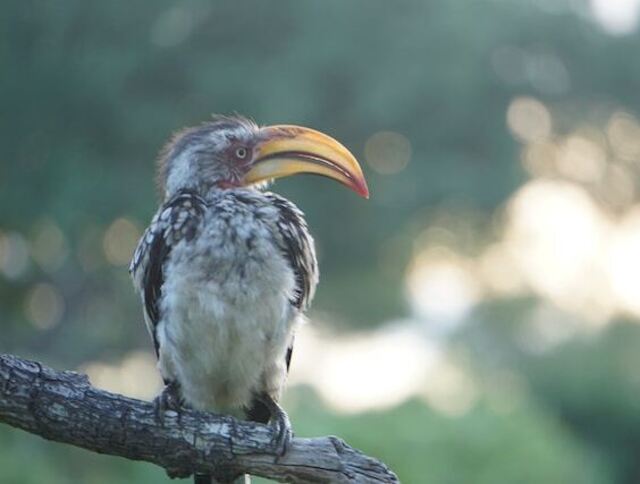
Why Do Bird Beaks Break or Fall Off?
Bird beaks are important for survival, as they play a key role in feeding, communication, and defense. Unfortunately, beaks can break or fall off due to various factors. Injuries are the most common cause of beak damage among birds.
Beaks can suffer fractures or breaks due to collisions with objects, predators, or other birds during fights. Diseases can also affect the integrity of a bird’s beak by causing it to become weak and brittle.
For instance, avian pox virus can lead to keratin overgrowth that affects the shape and growth pattern of a bird’s beak.
Malnutrition is another factor that can contribute to the breakage of bird beaks, since it weakens the structure and quality of keratin.
Consequences for Birds with Broken or Missing Beaks
A broken or missing beak has severe consequences for birds because they rely on their beaks not only for feeding but also for grooming feathers and defending themselves from predators.
A bird with a damaged bill may have difficulty finding food since it cannot catch prey effectively, leading to starvation.
Additionally, birds cannot preen their feathers properly without a functional bill, which puts them at risk of hypothermia when their feathers lose insulation.
A broken bill also limits a bird’s ability to defend itself against predators, since it cannot use its sharp edges as weapons.
Furthermore, impaired vocalization makes it difficult for birds to communicate with each other in feeding flocks or mating pairs, since many species use sounds produced by their bills.
Examples from Different Species
Beak breakage is widespread across different species of wild birds worldwide; however, some species appear more susceptible than others due to their feeding behaviors or habitat preferences.
For example, woodpeckers often experience injuries due to repeated pecking at hard surfaces such as trees or metals.
When this happens, the beak may fracture or break, leading to difficulties in feeding and grooming. Similarly, raptors such as eagles and falcons are prone to beak damage due to their hunting lifestyles.
They often sustain injuries when catching prey or fighting with other birds.
Other species such as hummingbirds may suffer from beak problems due to abnormal growth caused by infections or poor nutrition.
Additionally, granivorous birds like finches can experience malnutrition-induced beak deformities that hinder their ability to crack hard seeds.
Bird beaks are essential body parts that play a vital role in a bird’s survival and well-being.
Breakage or loss of these structures can have severe implications for wild birds by limiting their ability to obtain food and defend themselves against predators, while making them vulnerable to illnesses and malnutrition.
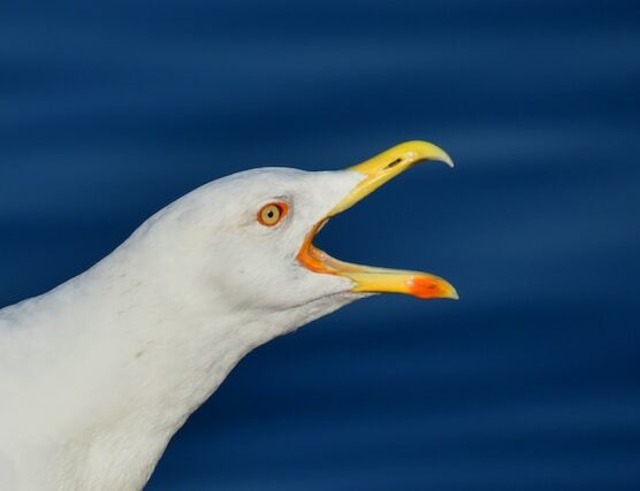
Can Bird Beaks Grow Back?
Bird beaks are a critical part of their anatomy and survival, but accidents do happen. Sometimes birds lose their beaks due to injury, disease or other reasons.
The question is whether or not these beaks can grow back? The answer is yes, some birds can regrow their beak, but it depends on several factors.
Explanation of regenerative ability in birds’ bodies
The ability of birds to regenerate varies from species to species. Some bird species have an incredible ability to regenerate various parts of their body, while others don’t have this capability at all.
When it comes to beak regeneration, certain species such as woodpeckers and pelicans have regenerative abilities that allow them to recover from severe injuries or deformities.
The regenerative process involves stem cells which are found in the bird’s skin and pulp tissue.
During the regeneration process, these stem cells divide and differentiate into various types of tissue required for the formation of a new beak.
However, the process is complex and requires a specific set of conditions for success.
Factors that influence regrowth potential
Several factors influence whether a bird’s beak can grow back or not. These factors include age, health status, severity of injury/damage and environmental factors such as temperature and humidity.
Younger birds typically have a higher potential for regeneration compared to older ones, as they have more active stem cells in their bodies responsible for growth and repair.
A healthy diet rich in protein also promotes better regeneration rates than malnourished ones.
When it comes to severe injuries where most of the beak has been lost, there may not be enough pulp tissue remaining around the edges required for regeneration, making it difficult or impossible for significant regrowth.
Examples from different species
As mentioned earlier, some bird species have an incredible ability to regenerate their beaks. For example, woodpeckers can regrow their beaks if they lose them due to injury or other reasons. Pelicans are another species that can regenerate their beaks.
In 2015, a pelican named Gigi at the California-based International Bird Rescue was found with a severely damaged beak from fishing line entanglement.
She underwent a unique surgery that included supportive therapy and physical therapy, and within months, her beak had regenerated by about 70%.
Other bird species such as toucans and finches have also been known to regenerate their beaks in cases of minor damage or deformities.
While not all bird species can grow back their beaks after injury or damage, some have an incredible ability to do so thanks to their stem cell regeneration capabilities.
However, the process is complex and requires specific conditions for success. It’s important for humans to understand this process so they can help injured birds recover and prevent further harm in the future.
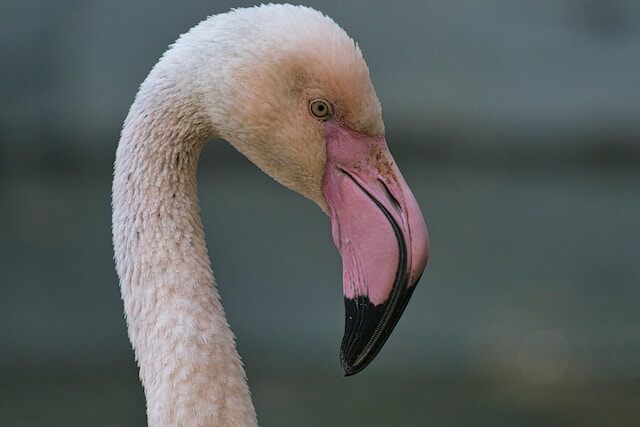
How Do Birds Survive Without a Beak?
Birds rely heavily on their beaks for various activities, such as eating, drinking, preening, and even defending themselves. When a bird loses its beak, or it becomes dysfunctional due to injury or disease, survival can be a daunting task.
However, birds are known for their exceptional adaptability and have been observed to develop creative ways of coping with the loss of their primary tool. In this section, we explore how birds survive without a functional beak.
Explanation on how birds adapt to survive without a functional beak
Birds have developed innovative ways of coping with the loss of their beaks. For instance, some species use their tongues to scoop up food and water and tilt their heads back to swallow.
Others use their feet to hold onto food while tearing it apart with whatever remains of their beaks, or swallow small pieces whole.
Some species have been observed using surrounding objects such as rocks or sticks as makeshift tools that they manipulate with their feet or remaining parts of the beak.
In addition to adapting in feeding behaviors, birds also adjust in other ways depending on the type of injury sustained.
For example, if the upper part of the beak is damaged but not entirely broken off, the bird may still retain some ability to use it for feeding but will likely struggle with preening and defense mechanisms.
If both upper and lower mandibles are lost entirely or permanently fused together, then feeding becomes impossible; however, some birds may still drink by scooping water into their mouths using alternative methods.
Examples from different species
There are numerous examples across various bird species where individuals have adapted to survive without functioning beaks.
The common starling has been known to use its bill-less head as a wedge when feeding on food items that require prying open, like snails; this is accomplished by forcing its head under the snail shell and then twisting to break it open.
The Shoebill, known for its large hooked beak, has been observed wading through water and using its feet to create a disturbance that drives prey towards it, utilizing its remaining beak to scoop up the food.
Other birds such as the Black Skimmer and the Puffin use their lower mandibles to catch fish in shallow water.
The Black skimmer flies low over the surface of the water with its lower mandible submersed; once it touches a fish, it snaps it shut.
Puffins have been seen catching fish, using their tongues to toss small prey into their mouths while tipping back their heads.
The role humans play in helping injured birds survive
Humans often play a significant role in ensuring injured birds survive without functional beaks. They provide medical treatment for injuries whenever possible and assist with feeding and hydration until such time as the bird can adapt or receive longer-term care.
Birds that require more extended periods of recovery may even undergo surgery or have prosthetic beaks attached in extreme cases.
One example of human intervention aiding bird survival comes from a bald eagle found near Alaska’s Kenai River in 2005.
This eagle had lost most of his upper beak due to injury, leaving him unable to feed himself or preen his feathers properly.
After capture by biologists, the eagle was taken into care where they fitted him with a prosthetic beak made from nylon composite plastic; this allowed him full functionality once again.
While losing a primary tool like their beak can seem like an insurmountable challenge for birds’ survival prospects; they are incredibly adaptable creatures that find unique ways to overcome these challenges.
Humans also play an essential role in helping injured birds recover by providing necessary medical intervention or even prosthetics when possible.
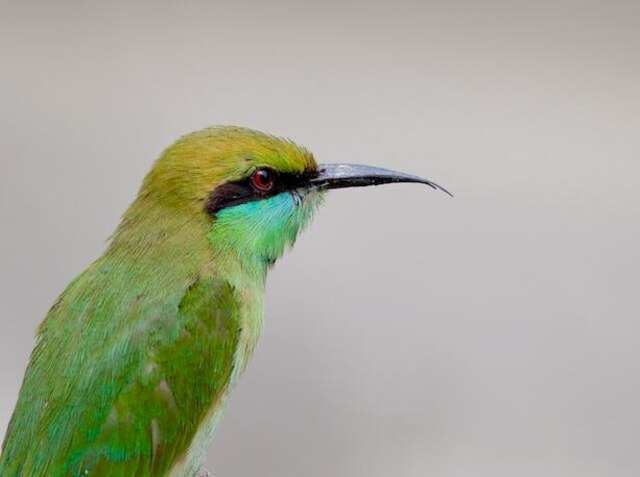
Conclusion
Summary on whether or not bird’s beaks grow back
After examining the anatomy and function of bird beaks and the factors that influence regrowth potential, it is clear that whether a bird’s beak can grow back depends on the severity of the injury, the species of bird, and their age.
While some birds have been observed to regrow a portion or full beak under certain circumstances, others cannot.
It is important to remember that a broken or missing beak can have severe consequences for birds’ ability to eat, defend themselves, and find mates.
Importance on understanding the anatomy and function
Understanding the anatomy and function of bird beaks is crucial not only for scientific research but also for conservation efforts.
By knowing how different types of beaks are adapted to different feeding habits or environmental conditions, we can better understand how an ecosystem functions as a whole.
Moreover, by understanding how birds adapt to survive without a functional beak – including ways humans can help them – we can contribute to preserving biodiversity.
One example where knowledge about bird anatomy played a significant role in conservation efforts was saving California Condors from extinction.
In the late 20th century, there were fewer than 30 California Condors left in the wild due to habitat loss and hunting.
Scientists discovered that lead poisoning from eating animals shot by lead bullets was another significant factor affecting their survival rates.
By studying their anatomy to improve dietary supplements without causing harm through heavy metal poisoning – they were able to bring them back from near extinction.
While regrowth potential varies among bird species, understanding their remarkable adaptive capabilities is crucial for conservation efforts.
Join us as we delve into the intriguing world of bird beaks, exploring their regenerative powers, implications for wildlife protection, and the role they play in preserving biodiversity.
Get ready to uncover the secrets of bird beaks in this captivating exploration.
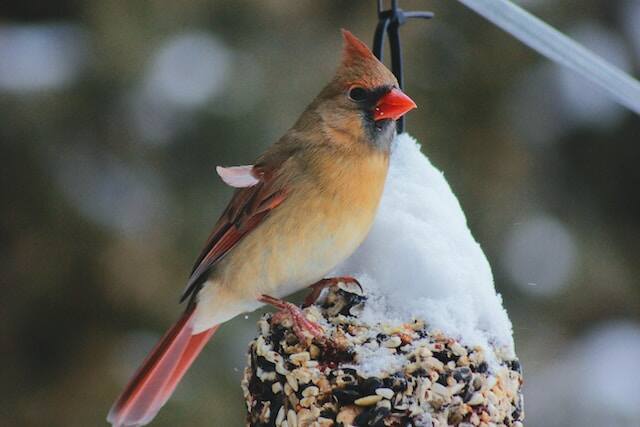
FAQs: Do Birds Beaks Grow Back?
Do bird beaks grow back?
No, bird beaks do not grow back if they are completely lost or severely damaged. The beak is made of keratin, similar to our nails, and doesn’t have regenerative capabilities. Injured birds may struggle to feed and face difficulties in their daily activities without a functional beak.
Can bird beaks heal if they are injured?
Yes, bird beaks can heal if they are injured, but not completely lost. Depending on the extent of the injury, the beak can regenerate and recover its functionality over time. However, severe damage may result in permanent impairments that affect the bird’s survival.
How long does it take for a bird’s beak to heal?
The healing time for a bird’s beak can vary depending on the severity of the injury. Minor injuries may take a few weeks to heal, while more significant damage can require several months. The healing process involves cell regeneration and the gradual restoration of beak structure.
What can cause damage to a bird’s beak?
Bird beaks can be damaged due to various reasons, including trauma from accidents or collisions, fights with other birds, predation attempts, or getting caught in man-made hazards such as traps or wire fences. Disease or nutritional deficiencies can also weaken the beak, making it prone to damage.
Can a bird survive without a beak?
Birds heavily rely on their beaks for essential activities like eating, drinking, preening, and defending themselves. Without a functional beak, a bird’s survival becomes extremely challenging, and their chances of long-term survival are greatly diminished. A severe beak loss is often detrimental to a bird’s overall well-being.
Do bird beaks grow continuously?
Yes, some bird species have beaks that grow continuously throughout their lives. This continuous growth helps them maintain the proper size and shape of their beaks. However, this is not the case for all bird species, as beak growth patterns can vary among different bird families.
How do birds keep their beaks from overgrowing?
Birds with continuously growing beaks typically wear down their beaks naturally through regular activities like feeding, preening, and interacting with their environment. By using their beaks, birds effectively manage the growth and prevent them from becoming excessively long or misshapen.
Are there any treatments available for injured bird beaks?
Injured bird beaks require proper care and attention from wildlife rehabilitators or veterinarians. Depending on the severity of the injury, treatments may involve cleaning the wound, providing pain relief, and administering antibiotics to prevent infection. Rehabilitation efforts aim to restore the beak’s functionality as much as possible.
Can birds adapt if their beaks are damaged?
Birds are remarkably adaptable creatures, and they can sometimes find alternative ways to compensate for a damaged beak. They may change their feeding techniques, rely on assistance from humans or other birds, or adapt to specialized diets that require less beak manipulation. However, these adaptations may not always be successful.
What can I do if I find a bird with a damaged beak?
If you encounter a bird with a damaged beak, it is essential to contact local wildlife rehabilitation centers or bird rescue organizations. These experts have the knowledge and resources to provide appropriate care and support for the injured bird, increasing its chances of recovery and survival.

